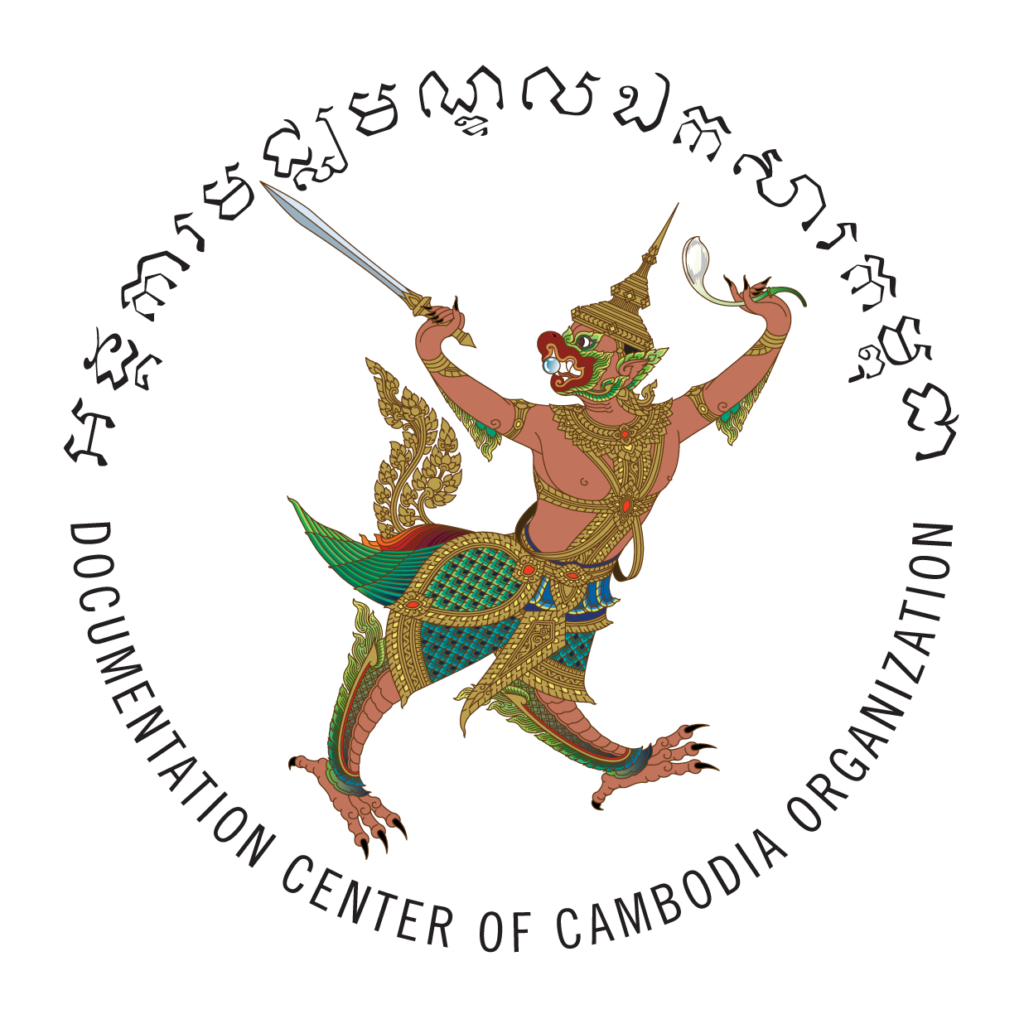On June 19th, 2019, the Peace Center hosted a community forum at O-Sramar Secondary School. Forty-eight students, twenty-nine male and nineteen female, participated in an event which highlighted topics in the study of the history of Democratic Kampuchea (1975-1979) and its particular relevance to Anlong Veng. The forum was the third in a series, following Trapeang Tav and Anlong Veng High School, in which local history has been explored and discussed at the secondary school level in this final stronghold of the Khmer Rouge movement.
O-Sramar Secondary School is located in Trapeang Tav commune. It is in close proximity to Dangrek mountain, home of the Anlong Veng Peace Center. The Center is perched at the edge of a beautiful cliff historically known as Ta Mok’s Former Meeting House (or Peuy Ta Ruon). Until now, students have been taught very little about either the genocide committed during the Khmer Rouge regime in 1975‒1979 or the subsequent civil war focused on their own home area in 1979‒1998. Research has demonstrated that students’ families rarely discuss the Khmer Rouge and its legacy in Cambodia or Anlong Veng. Understanding of this history has been minimal for years ‒ even post-1998.
Tin Ponleu, a fifteen years-old 9th Grader at this school, is typical. Her family moved to Anlong Veng in the early 2000’s. She reports that although she did occasionally hear personal narratives about Democratic Kampuchea, these were standard accounts of mistreatment and rural under-development. The scale of atrocity and deprivation was missed. Tin Ponleu believes these stories precisely because such topics were included in her school curriculum covering geography and history. We believe this demonstrates the success of the Anlong Veng Peace Center’s various initiatives to introduce a realistic platform to teach and discuss history in this former KR stronghold.
At the beginning of this school event, the team distributed printed material titled, “A History of the Anlong Veng Community: The Final Stronghold of the Khmer Rouge Movement” to all attendees. This text provided four essential chapters as a brief summary background to the ninety minute forum. This included: “A History of the Cambodian Communist Movement,” a “History of Democratic Kampuchea (1975-1979),” a “Community History of Anlong Veng: Part I,” and “Community History of Anlong Veng: Part II.” This material was meant to elevate discussion at the event as well as promoting the students’ own independent thinking at home.
For the purpose of more effective communication, the event began by asking attendees to re-arrange their desks in a face-to-face manner. With this fresh environment, each was assigned to fill in a pre-forum survey individually. After that, they were divided into four groups in order to focus on each of the above-mentioned texts. Each group worked together on the texts to compile a set of questions derived either from the text or from outside experience. This was followed by a question and answer session. Group leaders facilitated the discussion, helping ensure that the students read all of the text and participated with opinions and questions.
Most attendees commented that this was their first time engaging in a group discussion of history. The experience complimented the students’ own knowledge drawn previously from their older relatives. Ponleu, for example, reported that her fifty-six year-old father (and her grandfather), who once served under the Khmer Rouge, had described to her the overwork, food scarcity, and prohibitions against religious practices. These accounts created a foundation of understanding about harsh treatment, lack of freedoms, and economic underdevelopment during the Democratic Kampuchea (DK).
Ponleu and her classmate Pet Porch expressed their realization about how group work was effective in promoting their understanding of the many details of the history. They remarked on the positive experience from collaboration with classmates and how each team member managed to share opinions and guidance with others.
Ponleu viewed this study environment as constructive given that everyone was engaged and participated. The students learned that although the expression of conflicting opinions can delay making final conclusions, the experience of an open and democratic forum in which all voices are heard was a valuable tool for education and well worth it in the end. Similarly, Porch echoed this by saying that we could not live in isolation and that digesting multiple sources of information enables us to make wiser decisions. At this forum, Porch led a group of nine members free to propose any thoughts on the topics before he took responsibility for which ones to incorporate into a final argument. Both students were very supportive and appreciative of their classmates’ opinions.
Our team paid close attention to any claims of bias or discrimination against students who were children of former KR members (like the case of Ponleu). Group leaders like Porch stated confidently that no such instances were expressed and that the forum enriched the historical understanding of all participants regardless of their backgrounds in Anlong Veng.
Asked if he heard about the trials at the Extraordinary Chambers in the Courts of Cambodia’s (ECCC), Porch admits to a very limited awareness of them. It should be recalled that Trapeang Tav has become the new home of the former suspect, IM Chem, in Case 004/02. Her case was abandoned before its conclusion.
